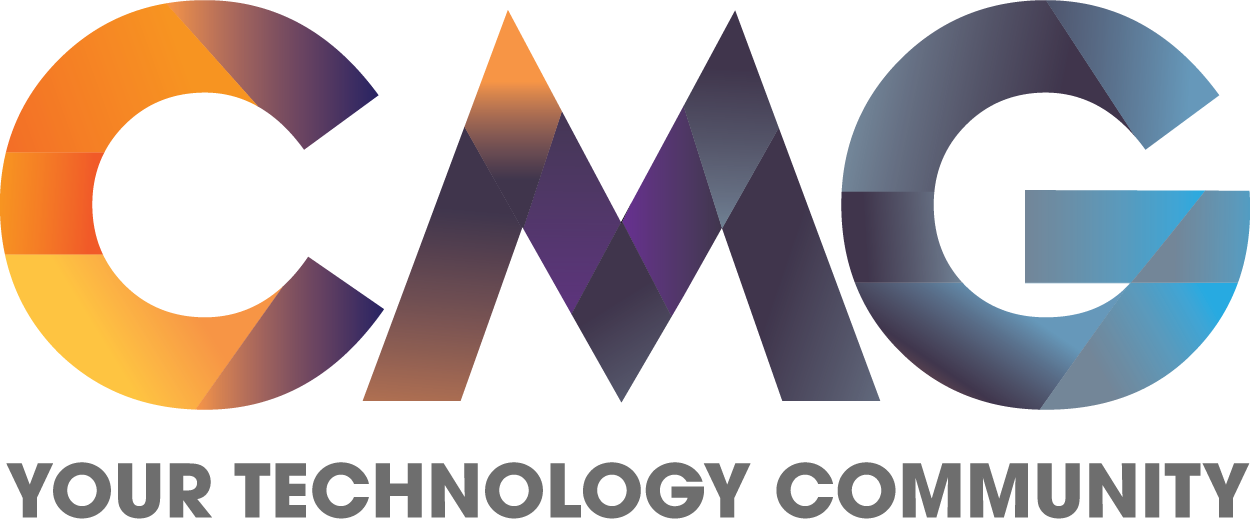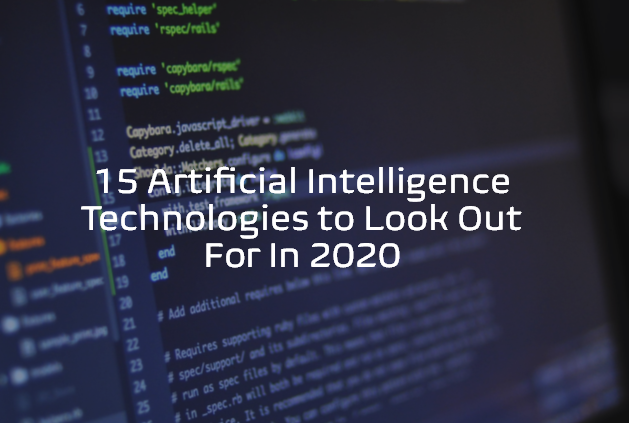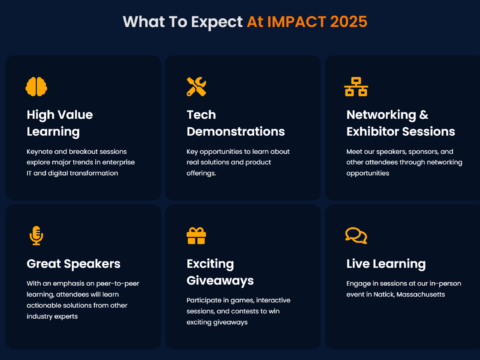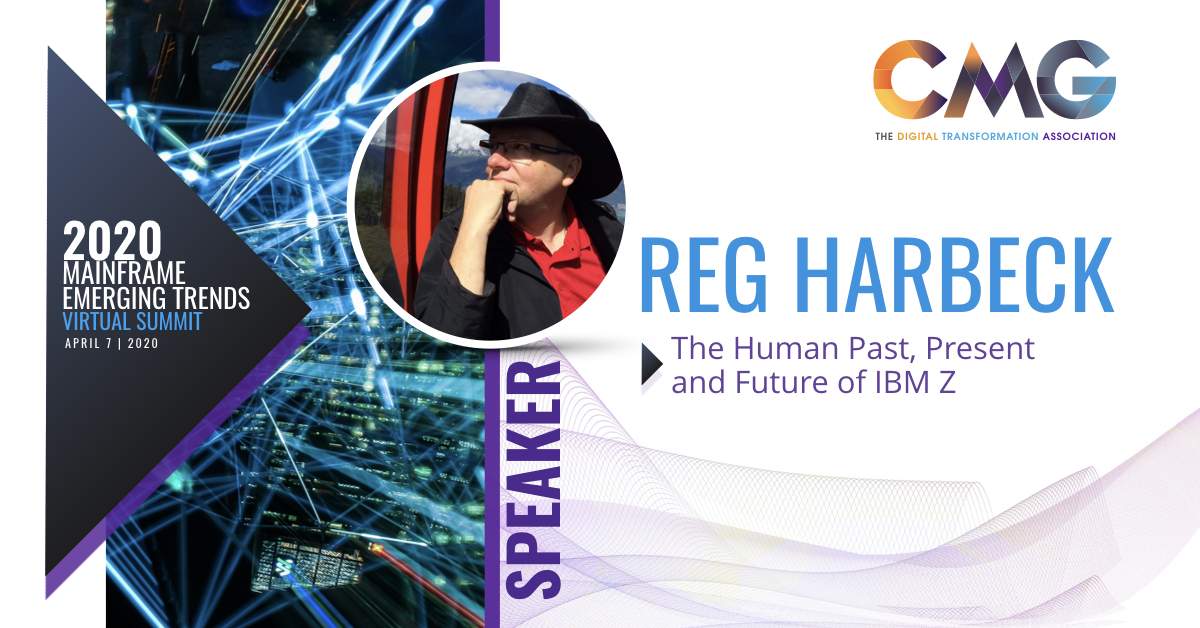The AI revolution has arrived, and the demand for AI-powered technologies keeps growing. The demand for these technologies, as shown by different stats, proves that AI is no longer just a buzzword:
- By 2025, the global AI market will reach $60 billion;
- AI will contribute to the growth of global GDP, which is expected to reach $15.7 trillion by 2030;
- By 2021, 80% of new technologies will be AI-powered;
- AI is expected to boost profitability by 38% and become the source of an additional $14 trillion revenue by 2035;
- 80% of companies agree that they need to have a strong AI strategy to remain relevant on the market.
In 2020, AI-powered technologies will continue to develop with a growing impact on different industries. Let’s take a closer look at the 15 AI-powered technologies to look out for in 2020, and how these technologies will be changing different industries.
Healthcare
1. Medical Imaging
AI has a very big impact on healthcare, and this impact is expected to grow, particularly in the field of cancer treatment and prevention.
The latest AI-powered technology that is expected to become mainstream in 2020 is AI-powered medical imaging, used as a diagnostic tool to detect various types of cancer, including breast cancer and ovarian cancer.
Medical imaging technologies typically include ultrasound imaging, MRI, CT, mammography and various types of X-rays. With the emergence of AI, these technologies were introduced to machine learning, making it possible to establish an accurate diagnosis.
Today, AI-powered medical imaging is still an emerging technology. A few companies, like Therapixel, offer AI-powered solutions applied to medical imaging. Therapixel’s solution, MammoScreen, is a machine learning software applied to a medical imaging technology that allows doctors to analyze the results of thousands of previous examinations, and, thus helps read mammograms correctly to establish the right diagnosis.
2. Genetic Evaluation
Genetic evaluation is another developing AI-powered technology, set to help diagnose and prevent cancer and hereditary diseases. This technology helps substantially reduce the error rate when establishing a diagnosis.
Right now, there are only a few genetic evaluation technologies available, with more set to appear next year. SophiA Genetics offers a solution of AI-based genomic and radiomic analysis to hospitals worldwide. This is a clinical-grade solution, which helps doctors precisely detect and characterize genes, associated with cancer and hereditary disorders even in the stage of disease prevention.
AI-powered genetic evaluation software is used to assist in the analysis of the cells with a microscope, doing automatic cell counting and observing the changes in biomarkers to establish the diagnosis and assign a therapy.
Manufacturing
3. Human-Robot Collaboration
The next industry, highly affected by AI-powered technologies, is manufacturing. In manufacturing, logistics is the branch that will go through the major changes next year because of the rapid development of artificial intelligence.
In manufacturing, robots have already taken on the majority of production-related tasks. Right now, the supply chain is one of the major areas of AI investment. In logistics, however, manufacturers still rely on human-operated forklifts that often cause bottlenecks and movement waste.
In the following years, however, manufacturers plan to automate logistics, introducing robot-operated forklifts and Automated Guided Vehicles (AGVs) in order to increase productivity and optimize warehouse storage.
4. Predictive Analytics Sensors
Preventing asset failure still remains one of the major challenges in manufacturing. Asset failure leads to production issues, sometimes leading to the full stop of production processes.
Predictive analysis sensors are the AI-powered technology created to solve the problem of asset failure. Based on machine-learning, predictive analysis sensors analyze production data to identify patterns that could lead to issues, thus preventing them from happening.
Predictive analytics sensors operate based on the 5 main AI-powered components:
- Sensors – hardware installed at a manufacturing site
- Data communication – the software which powers the sensors and secures the flow of information between the sensor and the central database
- Central database – data hub that collects and stores information
- Predictive analytics – a set of algorithms applies to recognize patterns that lead to issues that cause asset failure
- Cause analysis – the function that uses predictive analytics algorithms to record and store the data and machine learning to find the solution
The technology isn’t new, however, it is underdeveloped, and is being introduced to manufacturing very slowly. In the nearest future, however, as the demand for automation and digitization of manufacturing sites continues to grow, predictive analytics sensors will also become crucial for a smoothly operating manufacturing site.
5. Asset-Tracking Solutions
Another on-demand AI-powered solution, the interest to which is expected to grow in the upcoming years, is asset tracking technologies, RTLS in particular.
RTLS (real-time tracking solution or real-time location system) is used to automatically locate and track the objects or people in real-time. RTLS uses the hardware called a tag, which is attached to an asset, and software that usually uses Ultra-Wideband technology to track assets even through concrete walls and other obstacles.
This technology is expected to develop in the years to come, using machine learning to build spaghetti diagrams – the pattern, which assets usually follow at a manufacturing site, which can possibly lead to bottlenecks and downtime.
One of such innovative solutions is owned by Indoorway, the company which has developed an asset-tracking solution to help manufacturers:
- reduce differences in shift productivity
- minimize transportation waste
- efficiently allocate forklifts and employees
- reduce excess movement
- calculate ROI and asset utilization data
At the end of the day, RTLS-based and AI-powered asset tracking solutions help manufacturers understand equipment utilization better and minimize downtime.
6. AI Modeling
Machine learning can help manufacturers optimize production by helping them learn how to fill the gap between what they have and what their production goal is.
AI modeling is the solution that is expected to become an integral part of manufacturing processes in the upcoming years. This technology is presented in the form of a code, which presents a small version of a certain part, used to manufacture a product, in an interactive way.
Next year, however, some companies like VEERUM and General Electric, say they will introduce the new AI-powered modeling system that will create a 3-D computer-aided image of equipment with interactive charts and diagrams supporting this image. This will give the manufacturers a better understanding of what to work on to improve the final product.
7. New Applications of Biometrics
Another big concern in manufacturing, which AI-powered technologies can help solve, is security. In recent years, various manufacturers were under multiple cyber attacks, as their database often contains sensitive and valuable information.
Biometrics, which is already used in different technology applications (even entertainment), can help manufacturers make production more secure in two ways:
- Fingerprint verification – manufacturers can use fingerprint scanners at a manufacturing site to secure confidential areas.
- Facial recognition – although still very underdeveloped, this AI-powered technology is expected to become bigger in 2020, helping manufacturers improve the safety and security of a manufacturing floor.
Biometrics can be a perfect replacement for easy-to-hack passwords and seemingly secure two-step verification.
Education
8. Emotion Recognition Technology
Education is also expected to undergo some changes due to the rapid development of AI-powered technologies. Intelligent Tutoring Systems (ITSs) are machine-learning-based programs set to create a more natural learning process (for distance learning), facilitating a positive learning environment.
The basis for ITSs is emotion recognition technology – AI-powered solution that is still under development and requires further research and improvement. In the upcoming years, however, the impact of this technology will keep growing.
Emotion recognition technology uses 4 stages to do the analysis:
- Capturing video input
- Breaking the video into frames
- Concentration level measuring module
- Feedback generation
Emotion recognition technology detects the concentration level of a student by monitoring their head and eye movement, and if a student has lost their focus, the ITS changes the approach to teaching in order to regain the student’s attention.
9. AI-Powered Adaptive Learning Technology
In the 2020s, the importance of adaptive learning will continue growing, as educators will be looking for more solutions to keep their students engaged. This will also become more complicated due to a growing demand for distance learning.
In the upcoming years, many universities will shift to electronic curricula. Programs, like Knewton or Cognii, will help students identify gaps in their knowledge, provide them with relevant coursework, and help students keep track of their academic process.
These programs are also expected to introduce virtual learning assistants, who will guide students to improve their academic performance and even do one-on-one lessons.
10. AI and Inclusive Education Solutions
Inclusive education presents a number of issues, which AI-powered technologies can tackle. Speech recognition, which is already widely used across various industries, will become a solution that will help children with special needs to study more efficiently.
For instance, children with dyslexia will be encouraged to use speech recognition software in the classroom environment. “This creates an equal opportunity for such children to get the access to get high-quality education”, says Neightan White, a researcher at WriteScout. And, since inclusive education teachers are always looking for innovative solutions to improve the quality of education, AI may be the answer to their needs.
Nuance, which is a speech recognition technology developed for special education purposes, can transcribe with a speed of 160 a minute, which can be helpful for dyslexic students or students with limited mobility.
Marketing
11. New Implications for NLP
Natural Language Programming is the AI-based technology that marketers know a lot about and already use to their benefit. This technology is used to decipher and understand the structure of sentences as well as the meaning and intention behind a text.
NLP uses machine learning to process the written and spoken word, and the most popular application of it is a chatbot. Chatbots are vastly used for marketing purposes, customer support, and even entertainment (like a Game of Thrones chatbot on Facebook).
In the future, however, NLP will get new applications, including:
- Sentiment analysis to understand customers – NLP is being developed to use machine learning and commonsense knowledge to understand the aspects of sentiment polarity.
- AI ad copywriting – in the upcoming years, NLP will replace ad copywriters, and will generate keywords, product listings, and ad slogans.
- AI SEO optimization – NLP will be vastly used to automate video and audio transcription in order to optimize SEO and help content appear at the top of Google search results.
These new applications of NLP will help marketers automated a big chunk of tasks to launch a successful marketing campaign.
12. AI and Campaign Management
In the upcoming years, AI will bring significant changes to digital marketing and automate campaign management with a set of new AI-based technologies:
Chatbots will capture leads – due to emotion recognition and sentiment analysis, chatbots will be able to analyze the feedback from customers, and, by picking certain keywords, they will build rapport and capture leads.
Using voice search to reach out to a bigger audience – since so many people are already using home assistants like Alexa and Google Assistant, using a set of keywords for voice search will give you an option to reach a more diverse audience.
Trend analysis – AI technologies, based on machine learning, will help marketers summarize and analyze content online, including online news, articles, and content from the competitors, to generate data about digital marketing trends, which can be used in campaign management.
“AI-powered technologies will generate a real-time flow of data, keeping it up-to-date to help marketers analyze the campaigns and calculate ROI more accurately”, says Melanie Sovann, a content marketing specialist at Studyker.
13. AI-powered Customer Data Analysis Solutions
Customer service is another area, in which companies will invest more and more money. Right now, companies lose more than $62 billion annually due to poor customer service. So, businesses are constantly looking for new solutions.
In the nearest future, AI-powered technologies will bring new opportunities to improve customer service:
AI will be extensively used to automate simple tasks, such as generating responses, booking, setting appointments, and even creating FAQ pages.
AI-powered chatbots will be a must-have since more and more customers will contact companies through social media.
Companies will create AI-powered concierge services – third-party services that will deal with any customer complaints.
All these solutions are expected to speed up customer service and make it more effective.
Cryptocurrency and Cyber Defense
14. AI-Powered Cyber Defense Solutions
Over recent years, the number of cyber attacks has dramatically increased. Companies and government institutions have lost billions of dollars due to sensitive data leaks and phishing.
Right now, various cybersecurity companies are working on creating AI-powered technology that will combine behavioral analytics and machine learning to help detect suspicious user activity and abnormal behaviors. Companies, like Darktrace and Webroot, are planning to present their AI-powered cybersecurity solutions next year, which will use AI-algorithms to stop malware and protect sensitive data.
15. AI in Cryptocurrency
Lastly, one of the biggest areas that AI technologies will have an impact on is blockchain and cryptocurrencies. In the following years, more work will be done to use AI to predict cryptocurrency fluctuations and analyze smart contracts. Various startups, like AdHive and CryptoAngel, are also working on virtual assistants, which will use machine learning to help people understand and use blockchain technology to their benefit.
Since blockchain technology heavily relies on the peer-to-peer network, AI-powered solutions will be used to make it more secure and versatile.
Final Thoughts
Although artificial intelligence solutions are still underdeveloped, more and more companies are eager to invest billions of dollars to create new AI-powered technologies. In the upcoming years, AI is set to become an integral part of any company, which wants to stay relevant on the market.
The foundation of these 15 AI-powered technologies has already been developed, and they will become crucial for businesses in the upcoming years. So keep a sharp lookout and invest in AI to stay competitive and relevant.
About the Author
Estelle Liotard is a Senior Writer at TopEssayWriting and an Editor at ClassyEssay, respectively. In addition, Estelle is a frequent contributor at BeGraded and Subjecto where she continues to hone her writing and digital publishing skills. She is an experienced content creator and a writer who excels in AI-related topics with an emphasis on its practical business applications. In her spare time, Estelle enjoys quiet afternoons on her balcony and cooking.






